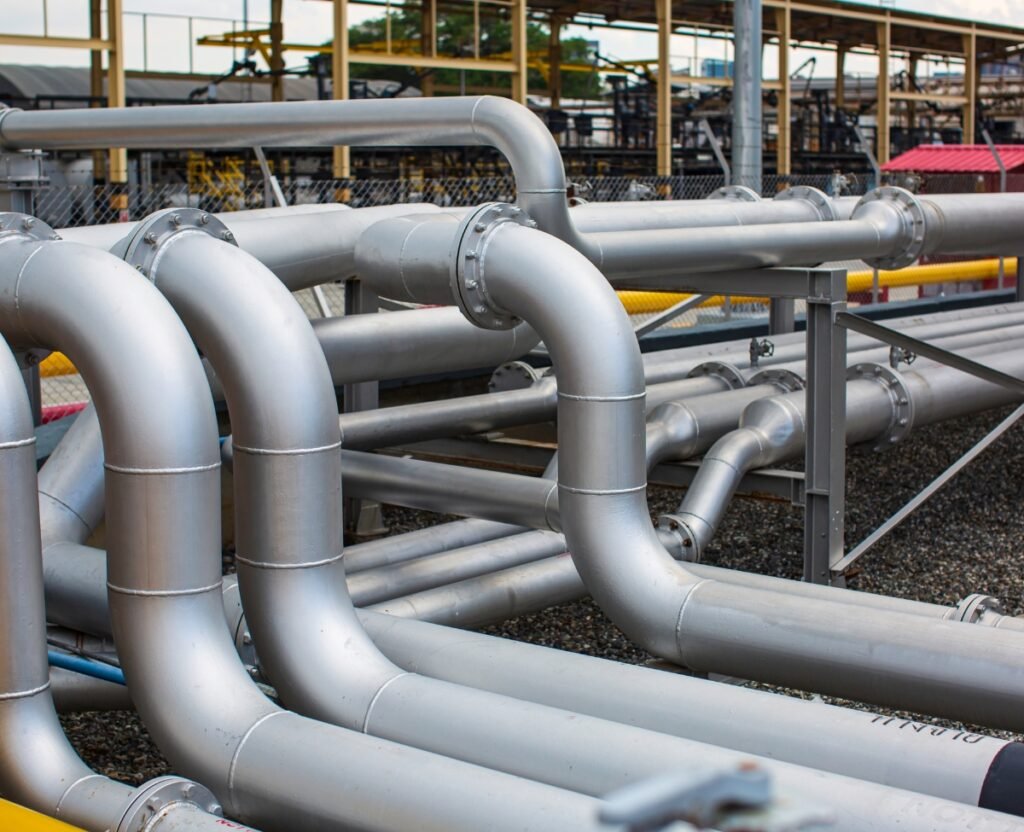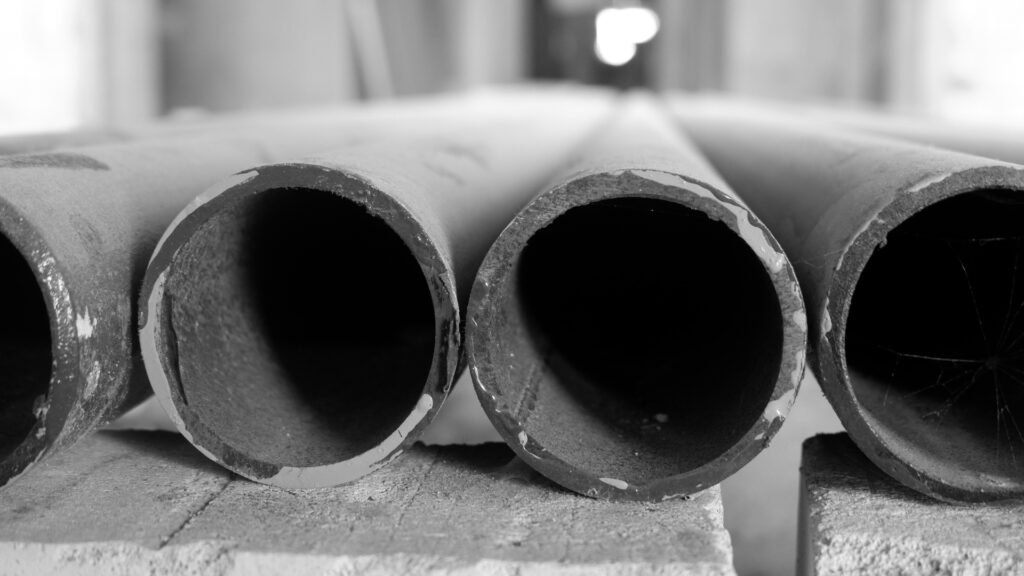Sch 40 and Sch 80 pipes are two common pipe types used in various applications. Terms like “schedule” refer to the pipe wall thickness, which affects strength and durability. Sch 80 pipes, on the other hand, have thicker walls, making them ideal for higher-pressure systems.
Studies and industry experts highlight important differences between these two types. Research shows that Sch 80 pipes withstand tougher environments due to their robust construction. Analysts confirm that Sch 40 pipes are better suited for everyday uses like drainage and irrigation. Comparisons also reveal how factors like pressure tolerance and flow capacity influence pipe selection in specific projects.
This simple comparison uncovers critical insights into pipe scheduling. Why does thickness matter? How does pressure rating impact safety? Knowing these answers ensures better decisions for your projects. Explore more to discover the finer details behind choosing the right pipe for the right job. This blog dives into what sets Sch 40 apart from Sch 80. Read on to learn more about their wall thicknesses, pressure ratings, applications, costs, and overall suitability for different uses.
What Are Sch 40 and Sch 80 Pipes?
Sch 40 and Sch 80 are terms used to refer to pipe schedules, which are based on a standardized wall thickness system. The term “schedule” reflects the thickness of a pipe’s walls. These measurements are uniform across manufacturers and materials, ensuring consistency.
Sch 40 pipes are thinner compared to Sch 80 pipes. This difference impacts durability, pressure tolerance, and the type of applications they can handle.
Why Was the Schedule System Created?
Standardization ensures that pipes fit together properly across different manufacturers. It also helps engineers and builders select the right materials based on precise specifications like strength, pressure ratings, and size.
The American National Standards Institute (ANSI) first developed the schedule system. Its implementation became an industry standard for both metal and plastic pipes.

Difference in Wall Thickness
The most noticeable difference between Sch 40 and Sch 80 lies in their wall thickness. This aspect determines how each pipe performs under certain conditions.
Thickness Comparison:
Sch 40:
- Thinner wall.
- Larger internal diameter.
- Suitable for low-pressure systems.
Sch 80:
- Thicker wall.
- Smaller internal diameter.
- Best for high-pressure and industrial use.
For example, a 1-inch nominal Sch 40 pipe has a wall thickness of 0.133 inches. The same size in Sch 80 increases to 0.179 inches. This may seem marginal, but the thicker walls of Sch 80 significantly affect its strength and use cases.
Why does wall thickness matter? Thicker walls make a pipe stronger and able to withstand higher pressure. However, these also make the pipe heavier and reduce the flow area inside.
Pressure Ratings
Both pipe schedules have different maximum working pressures. These ratings help determine whether a particular pipe can resist stress caused by liquids or gases moving through it under varying conditions.
Sch 40 Pressure Rating:
- Tends to be lower due to thinner walls.
- For instance, a 1-inch Sch 40 PVC pipe withstands about 450 PSI.
Sch 80 Pressure Rating:
- Higher ratings help it handle industrial demands.
- The same 1-inch Sch 80 PVC pipe handles roughly 630 PSI.
These numbers reflect why Sch 80 is often chosen for demanding applications that involve higher pressure or heavy mechanical stresses. Applications like chemical transfer lines or high-pressure supply lines demonstrate where Sch 80 pipes outperform Sch 40 options.
Role of Temperature
Temperature affects pressure ratings. Both Sch 40 and Sch 80 materials may lose their structural integrity in extreme temperatures. Understanding the temperature limits ensures the pipes remain safe in their intended environments.
Common Applications of Sch 40 and Sch 80 Pipes
The differences in wall thickness and pressure ratings dictate what each pipe is best suited for.
Where Sch 40 Pipes Shine
Sch 40 is versatile and often the first choice for basic residential applications. It is easier to handle and install compared to its thicker counterpart.
Common uses include:
- Drainage systems.
- Irrigation lines.
- Low-pressure water supply.
- Ventilation piping.
Optimal Uses for Sch 80 Pipes
Sch 80 pipes serve more specialized applications where higher strength and pressure endurance are needed. Their thicker build makes them ideal for industrial and commercial projects.
Examples include:
- Chemical handling systems.
- High-pressure fluid transfer.
- Mechanical stress environments, such as factory pipelines.
- Underground water mains.
When in doubt, consult project specifications to determine which schedule fits your needs.
Cost Differences
Budget considerations play a crucial role in any project. The cost of Sch 40 versus Sch 80 pipes varies due to material usage and manufacturing.
Material Requirements:
- This increases production costs.
Shipping and Installation:
- Handling heavier materials often requires additional manpower or equipment.
Price Differences:
- On average, Sch 80 pipes cost 20-50% more than Sch 40 pipes of the same size.
While Sch 40 is more budget-friendly, choosing a less suitable pipe may lead to failures or expensive repairs later. Carefully balance upfront costs with long-term utility and reliability.
Additional Factors to Consider
Internal Diameter and Fluid Flow
The increased wall thickness in Sch 80 reduces the inner diameter compared to Sch 40. This affects fluid flow and volume capacity.
Sch 40:
- Larger internal diameter improves flow.
- Ideal for systems where flow efficiency matters more than pressure tolerance.
Sch 80:
- A smaller diameter results in lower flow rates.
- Best when strength and durability trump flow concerns.
Color Identification
This makes it easier to identify them during installations or inspections. Always verify by checking the manufacturer’s stamp on the pipe.
Compatibility with Fittings
Both Sch 40 and Sch 80 pipes share the same external diameters within comparable sizes. This means they can use the same fittings. However, mixing the two in one system may lead to inconsistencies due to their differing inner diameters.
For optimal performance, pair Sch 40 fittings with Sch 40 pipes and vice versa.
Choosing the Right Schedule
Selecting between Sch 40 and Sch 80 requires understanding your project’s specific needs.
Opt for Sch 40 if:
- You are working on residential or low-pressure projects.
- Cost and weight are significant concerns.
- The system does not involve extreme mechanical stress.
Use Sch 80 when:
- The pipeline will carry high-pressure fluids or gases.
- Structural strength is critical.
- Pipes will be exposed to rugged conditions like chemical resistance or heavy loads.
Taking the time to consider these requirements ensures reliability and safety for the intended application.
A Fresh Perspective on Choosing Pipes
Choosing between Sch 40 and Sch 80 boils down to understanding the specific demands of your project. While Sch 80 offers unmatched strength and durability, its added cost and weight may be unnecessary for everyday purposes.
On the flip side, Sch 40 provides a cost-effective yet efficient option for most residential needs. However, compromising on durability by choosing Sch 40 when Sch 80 is required could lead to system failures and higher long-term costs.
Take a holistic view. Factor in pressure requirements, cost, environmental conditions, and long-term performance. The right choice will save money, time, and effort while ensuring system safety over the years.

